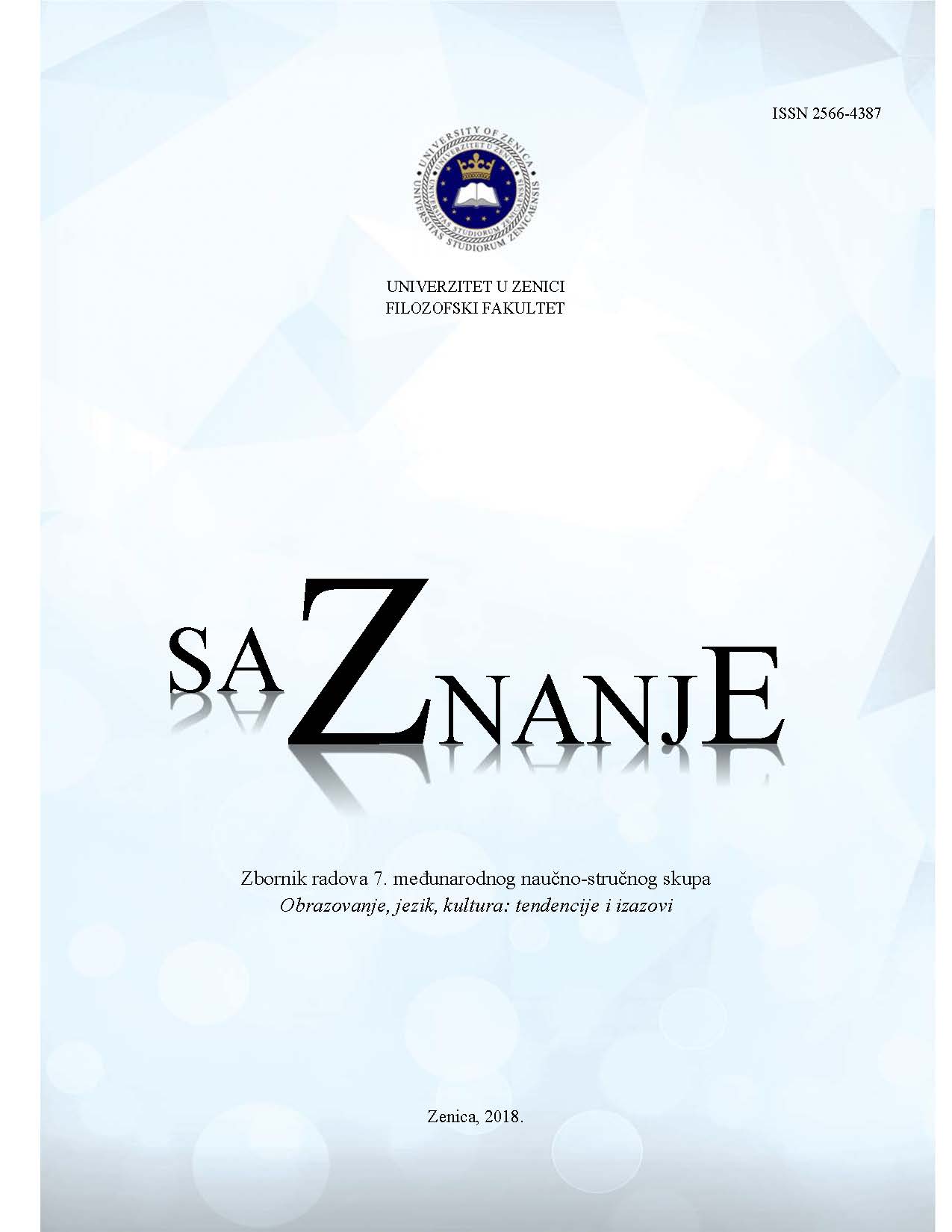MEDIJSKA PISMENOST I DJECA
MEDIA LITERACY AND CHILDREN
Author(s): Enes PraskoSubject(s): Media studies, Communication studies
Published by: Filozofski fakultet, Univerzitet u Zenici
Keywords: media literacy; critical thinking; essential skill; digital age;
Summary/Abstract: Media literacy is the ability to identify different types of media and understand the messages they're sending. Kids take in a huge amount of information from a wide array of sources, far beyond the traditional media (TV, radio, newspapers, and magazines) . There are text messages, viral videos, social media, video games, advertising.. But all media shares one thing: Someone created it. And it was created for a reason. Understanding that reason is the basis of media literacy. The digital age has made it easy for anyone to create media. We don't always know who created something, why they made it, and whether it's credible. This makes media literacy tricky to learn and teach. Nonetheless, media literacy is an essential skill in the digital age. Specifically, it helps kids: Learn to think critically (as kids evaluate media, they decide whether the messages make sense, why certain information was included, what wasn't included, and what the key ideas are) become a smart consumer of products and information (media literacy helps kids learn how to determine whether something is credible. Recognize point of view. Every creator has a perspective. Identifying an author's point of view helps kids appreciate different perspectives. Identify the role of media in our culture.
Journal: saZnanje
- Issue Year: 1/2018
- Issue No: 1
- Page Range: 754-757
- Page Count: 4
- Language: Bosnian

